
The Internet of Things (IoT): Everything You Need to Know!
The Internet of Things is a network of actual physical objects that are interconnected with the Internet in order to share data and information and enhance services, productivity, and other factors.
IoT technology is present in an increasing number of settings, including industry, making it possible to realise the idea of a smart home and even support the infrastructure of a complete smart city.
A Brief History of IoT Technologies - Who first invented IoT?
The concept of adding sensors and intelligence to physical objects was first discussed in the 1980s, when some university students decided to modify a Coca-Cola vending machine to track its contents remotely. But the technology was bulky and progress was limited.
The term ‘Internet of Things’ was coined in 1999 by the computer scientist Kevin Ashton. While working at Procter & Gamble, Ashton proposed putting radio-frequency identification (RFID) chips on products to track them through a supply chain.
He reportedly worked the then-buzzword ‘internet’ into his proposal to get the executives’ attention. And the phrase stuck. Over the next decade, public interest in IoT technology began to take off, as more and more connected devices came to market.
In 2000, LG announced the first smart refrigerator, in 2007 the first iPhone was launched and by 2008, the number of connected devices exceeded the number of people on the planet.
In 2009, Google started testing driverless cars and in 2011, Google’s Nest smart thermostat hit the market, which allowed remote control of central heating.
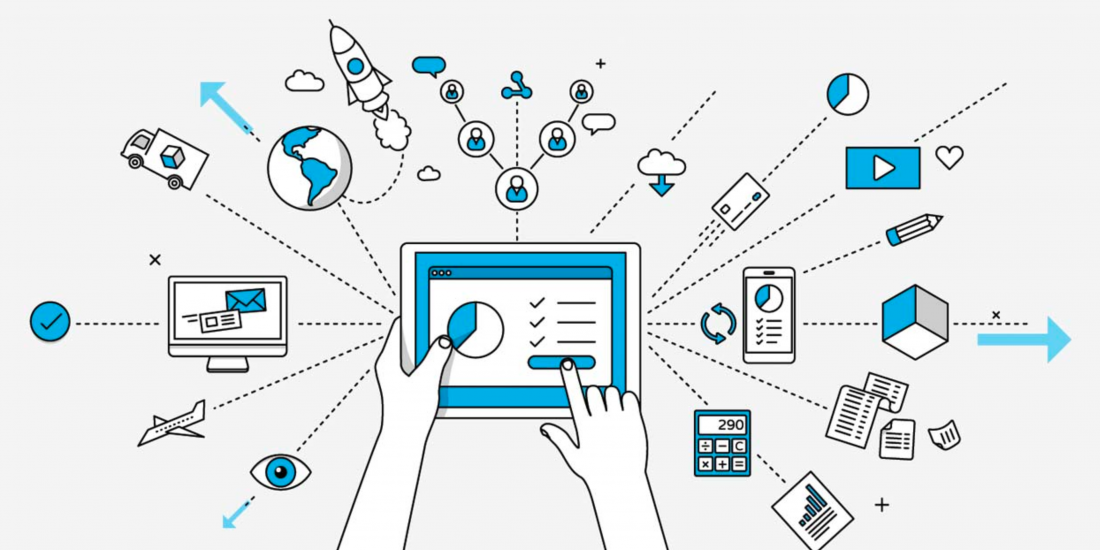
What Are the Six Levels of IoT?
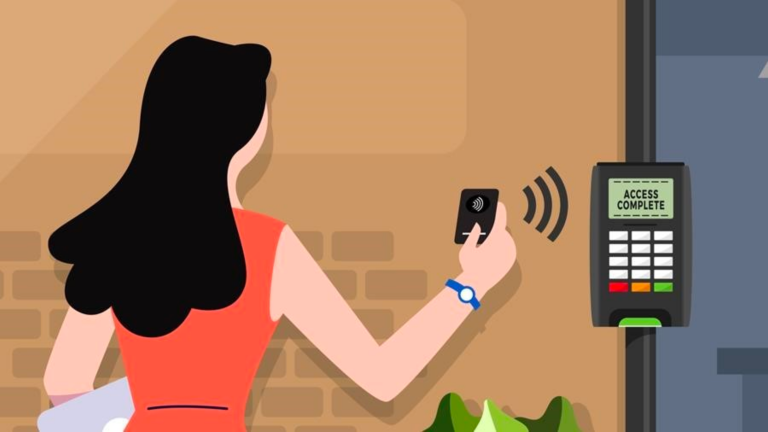
RFID: Transmits little bits of information over a short distance using radio waves. Self-checkouts, smart mirrors, inventory management, and other innovations have all been made possible by this technology. For industry and retail, this kind of IoT technology has proved revolutionary.
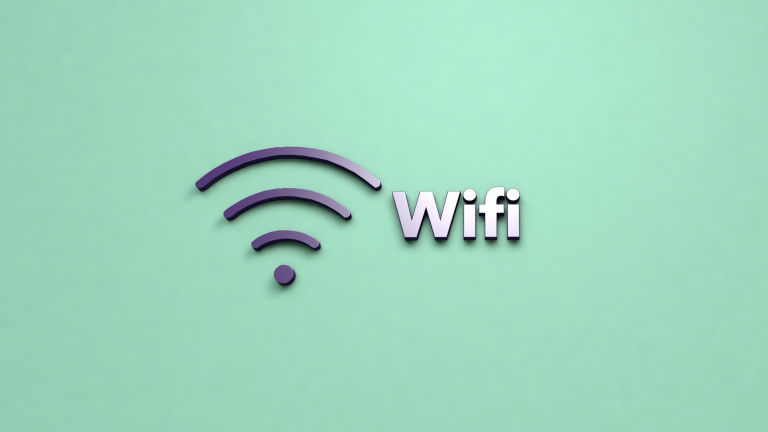
Wi-Fi: Mostly functions with devices that can be linked to a power outlet at home. Smart cameras and other devices like appliances are among them. Smart cars with on-board Wi-Fi are planned for Wi-Fi 6 even if patchy Wi-Fi coverage in public does not make this an ideal commercial solution for many sectors.
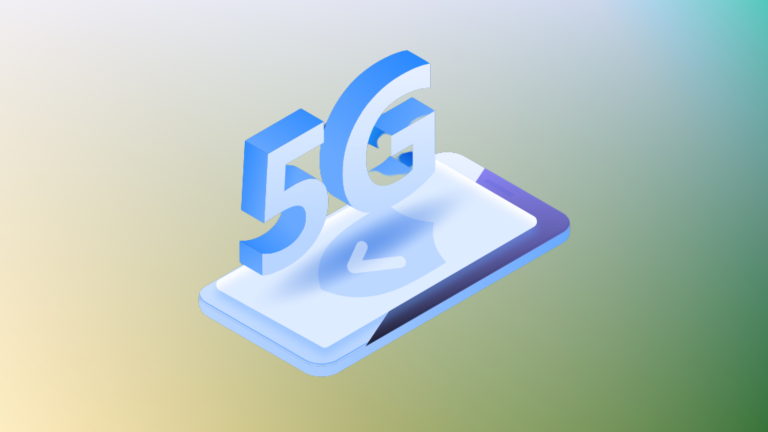
Cellular: IoT mobile devices, such as those found in vehicles, are anticipated to use cellular networks more as a result of the advent of 5G. Additionally, cellular networks are the most effective for delivering real-time data for applications like industrial automation, driver assistance systems, public safety monitoring, and healthcare data.
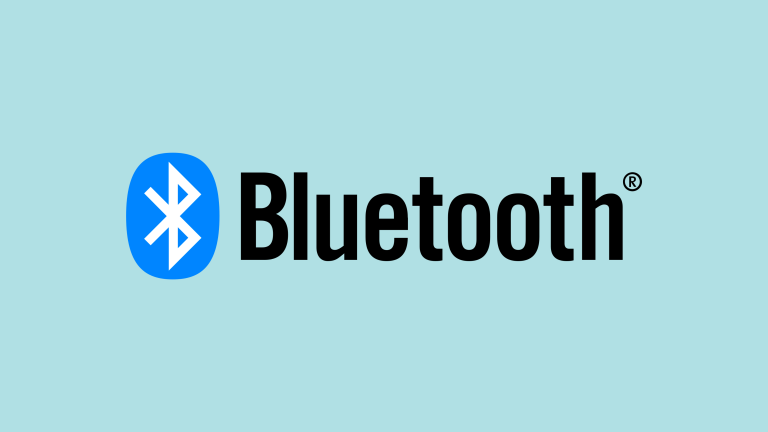
Bluetooth: This technology was specifically developed to enable device communication. Many modern products, including watches, medical equipment like glucose metres, and door locks that communicate with smartphones use Bluetooth. As Bluetooth Mesh spreads, it is also being used to enable location-based marketing, in-store promotions, and content delivery.
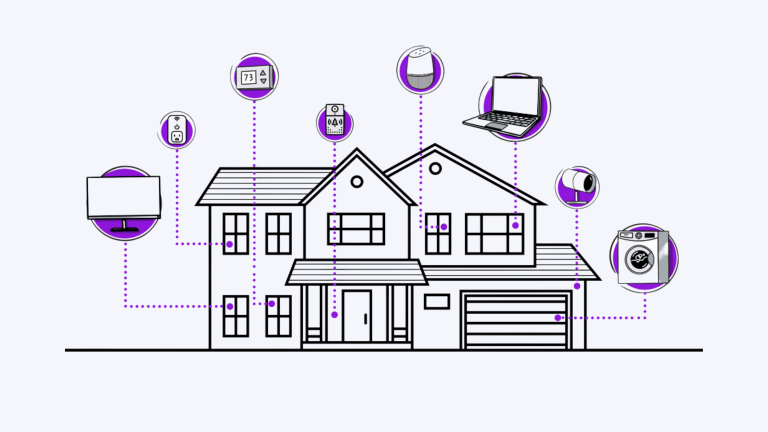
Mesh Networks: Mesh networks link sensors that are evenly dispersed throughout a space, such as a manufacturing floor, a residential neighbourhood, or a farm field. Mesh networks are used to offer remote monitoring solutions for smart lighting, HVAC controls, security, and other applications that require a lot of data.
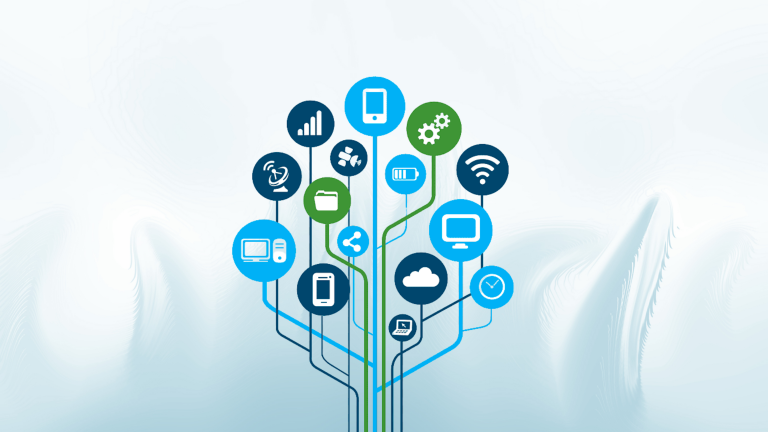
LPWAN: The most recent development in IoT technology is called Low-Power Wide Area Network (LPWAN). These sensors can cover a lot more ground than a mesh network, but they also produce less data. Applications of LPWAN are actively being investigated and licensed, including monitoring of the environment, occupancy, and consumables.
These IoT use cases demonstrate how pervasive this technology is, from personal to professional applications. IoT can help you achieve your goals, whether you desire customised coupons while shopping or to enhance industrial processes.
Join Jen for further fascinating facts about Taking Your Workplace To The Next Level With IoT Device Analytics here:
Conclusion
The Internet of Things offers a wealth of benefits for applications ranging from day-to-day domestic uses to industrial monitoring, manufacturing and even those for entire smart cities. Improving safety, efficiency and time management are just some of these benefits, although there are still concerns around device security for the IoT.
Despite this, the IoT looks set to become an increasing part of our everyday lives as connectivity grows.
Sources: History of the Internet of Things. (2020). Elevenfifty.org. https://www.elevenfifty.org/blog/the-history-of-the-internet-of-things
In SYNDES TECHNOLOGIES Your Security Is Our Priority.
Related posts
Sorry, the comment form is closed at this time.






